Additive manufacturing: From Users for Users
July 13, 2022 12:32 pm
From 0 to 1200 Additively manufactured pistons for the Porsche 911 GT2 RS.
Additive manufacturing offers enormous potential for optimized and new components alike. At Porsche, 3D printing technology is already being employed in several areas. And now, a joint project from Porsche, Mahle and Trumpf, in cooperation with ZEISS, has successfully 3D-printed highly stressed drive components for the first time, using generative processes for manufacturing pistons for the high-performance engine of Porsche’s top-of-the-line 911 model: the GT2 RS. The entire team headed by Porsche project lead Frank Ickinger is more than pleased: “This makes a performance boost of up to 30 horsepower conceivable with the 700PS twin-turbo engine, and with higher levels of efficiency at that.” The “printed” highperformance piston project is a total success—a milestone in the history of additive manufacturing.
The Baden-Württemberg connection: four partners, one objective
As in motorsports, developing and manufacturing the components is a team effort. Porsche heads the project. Mahle, a cooperation partner of the project, provides the requisite know-how for the development and manufacture of drive components and additive manufacturing. Trumpf is the project’s specialist for additive manufacturing systems, colloquially known as 3D printers. The quality and performance of the materials used and solutions from ZEISS ensure the components. Quality assurance is essential across the many individual steps of the manufacturing process, from powder to finished components. To meet the specific requirements of this kind of manufacturing, a comprehensive quality assurance process was developed by ZEISS. The goal of the project, apart from manufacturing the piston prototypes and thus improving the efficiency of the components, is to create an additive manufacturing process capable of meeting the highest quality standards while remaining lean and cost-efficient to make series production possible. This process will ultimately be used for the manufacture of other components as well.
The additive manufacturing process
A metal powder made from a special alloy developed by Mahle is at the foundation of this manufacturing process. The powder is applied layer by layer inside a metal 3D printer from Trumpf and fused at selective points using a laser. Over 12 hours, 1,200 layers are applied to form the piston blanks. A comprehensive quality assessment is needed to ensure that the 3D-printed pistons meet the high requirements. “With this piston material in particular, which had never been printed before, it was, of course, a challenge to generate the right component quality. With the help of ZEISS, we were able to do this very well,” summarizes Frank Ickinger from Porsche’s Advanced Engineering Powertrain division.
Optimizing the design
“With this piston material in particular, which had never been printed before, it was a challenge to generate the suitable component quality. With the help of ZEISS, we could do this very well.” Frank Ickinger, Advanced Engineering Powertrain, Porsche AG. A significant advantage of this process is that it enables the creation of a novel bionic architecture. Topology optimization is used to simulate the load paths and define a structure appropriate for the load. As such, the advanced development project can achieve a weight reduction in its pistons of 10 per cent compared to the welded series pistons. The 3D-printed piston prototypes also feature an integrated cooling channel — this would not be possible with standard manufacturing methods. “With the new, lighter pistons, we can increase engine speed, reduce thermal load and optimize combustion,” explains Frank Ickinger.

From powder to performance components
“The resulting process in which the pistons are manufactured and at the same time the quality is analyzed and ensured across the entire production process is one of a kind.” Dr. Bernhard Wiedemann, Director Additive Manufacturing Process & Control, Carl Zeiss Industrielle Messtechnik GmbH.The starting material used to 3D print the pistons is a powder developed by Mahle. But not all powders are the same. The powder’s particle size distribution, particle shape, chemical composition and even porosity inside the powder particles are examples of properties which can influence component quality. The fact that the powder’s properties can change each time it is reused must be taken into account, and deviations need to be detected in a manner that is appropriate for the production process. For example, suppose the powder’s particle size distribution changes due to repeated use. In that case, the quality of the applied powder layer may be affected, and simultaneously the risk of pores forming as a result or of other component defects arising may increase dramatically. Light microscopes, scanning electron microscopes, and X-ray computed tomography from ZEISS are used to analyze the quality of the powder before and after piston production, and the finished component’s microstructure is tested to identify defects or property characteristics. Through further processing of the analysis data and different evaluation processes, it is possible to determine optimized settings for printing. Successful print results must also go through various post-processing steps to ensure that the material and component properties are optimal. During process development, for example, the component’s structure can be inspected using specially equipped scanning electron microscopes, or X-ray computed tomography before and after the heat treatment processes. An optical 3D scanner or industrial computed tomography is used in addition to a coordinate measuring machine to analyze the impact of individual production steps on the final quality of the component. The ability to seamlessly combine these procedures is a decisive factor. The pistons still on the print bed were scanned using a 3D scanner. Once they are removed from the bed, the individual production steps and the internal structures can be inspected using computed tomography while defect analysis is performed simultaneously. In the end, a final measurement is performed with the coordinate measuring machine. The core capability of ZEISS’ comprehensive quality assurance process is linking all data across the various analyses.“All in all, what we get in process development is a quality assurance process which is complete and interlinked across its various parts. From this, we can obtain the information necessary for ensuring component quality and for a future economic quality assurance concept,” explains Dr. Bernhard Wiedemann, Director of Additive Manufacturing Process & Control, Carl Zeiss Industrielle Messtechnik GmbH.
On the test bench
Now the 3D-printed pistons must head to the test stand and prove themselves in the GT2 RS engine. In a 200-hour endurance run on the test stand, the components are subjected to 24 hours of high-speed driving, 135 hours of full load and 25 hours of towing load at various engine speeds, non-stop. “If 3D printed components can withstand loads such as these, it is possible to conceive of 3D printing many other automobile parts as well,” says Frank Ickinger enthusiastically. “Even though we simulated everything, to see the pistons work without any problems on the test stand — that makes me very proud,” adds Volker Schall, Head of Product Design at MAHLE International GmbH. In the end, the results impressed many more people than just the engineers. All of the pistons passed the demanding tests without a single failure. A clear sign that the quality assurance process works properly. “If 3D printed components can withstand loads such as these, it is possible to conceive of 3D printing many other automobile parts as well,” Frank Ickinger, Advanced Engineering Powertrain, Porsche AG.
Pioneers of additive manufacturing
Additive manufacturing offers enormous potential for optimized and new components. Combustion engines, for example, can be improved and made more environmentally friendly. But there are also many opportunities to use these production methods in e-mobility. “We’ve done pioneering work in additive manufacturing with this project,” says Dr. Bernhard Wiedemann about the collaboration with Porsche, Mahle and Trumpf. “The resulting process in which the pistons are manufactured and at the same time the quality is analyzed and ensured across the entire production process is one of a kind.”Additional design freedom, lightweight construction and functional integration combined with quality assurance from ZEISS. The entire team behind Porsche project lead Frank Ickinger is more than pleased. The ‘printed’ high performance piston project is a total success—a milestone in the history of additive manufacturing at Porsche.
Cookie Consent
We use cookies to personalize your experience. By continuing to visit this website you agree to our Terms & Conditions, Privacy Policy and Cookie Policy.






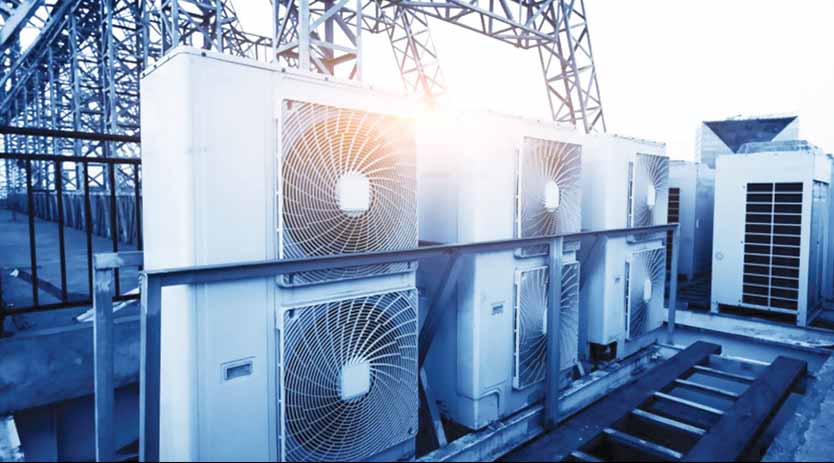
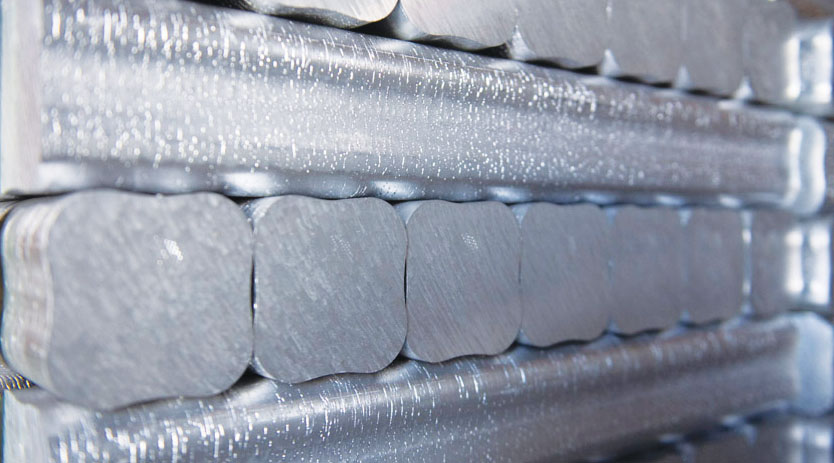
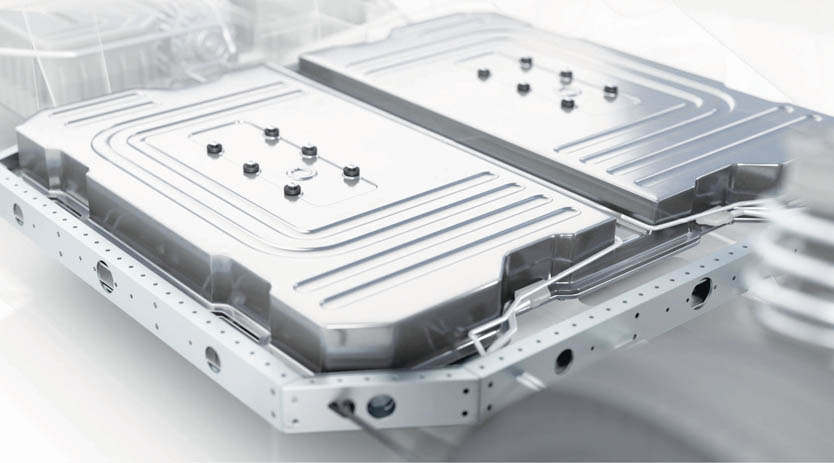
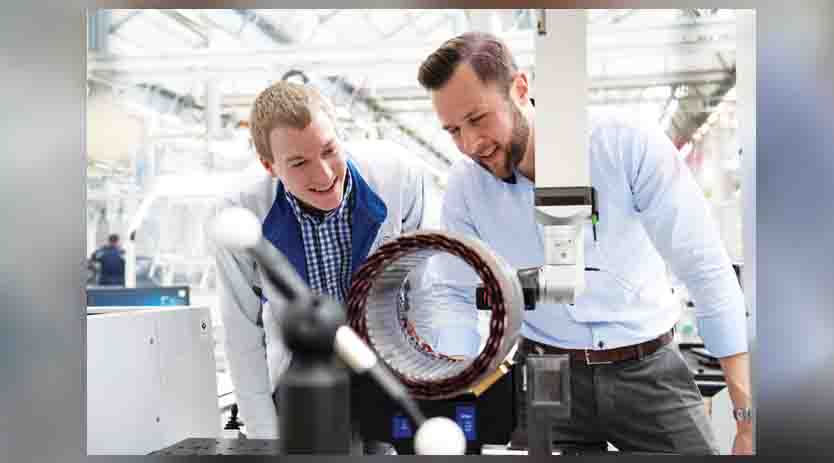
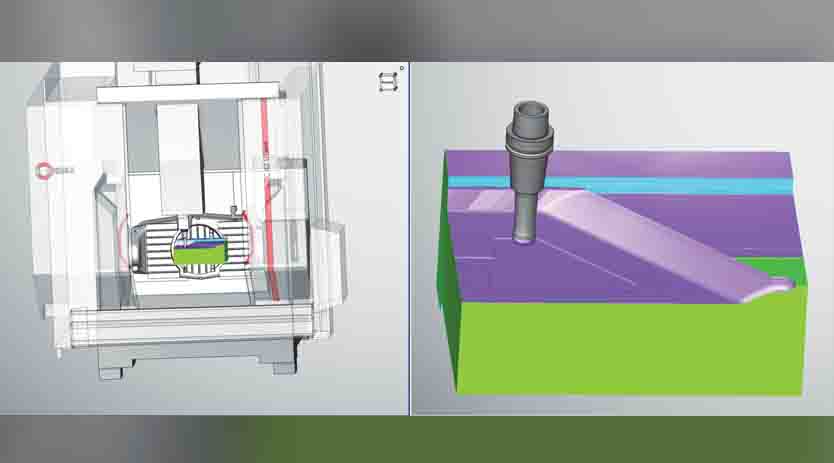
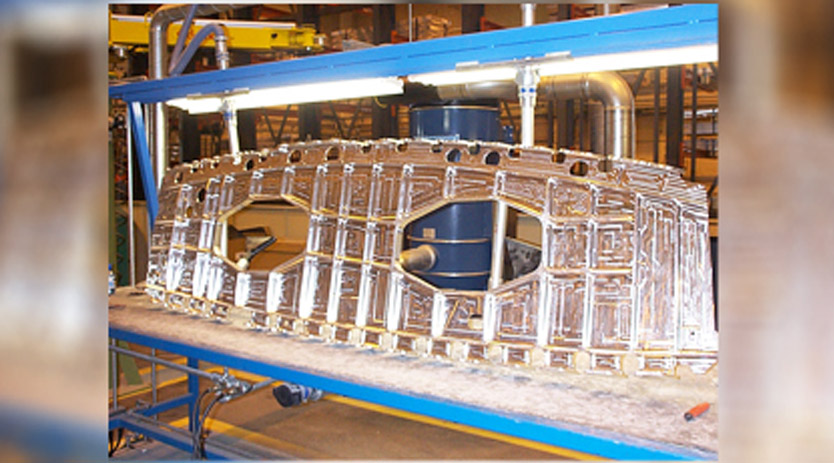





 English
English Hindi
Hindi